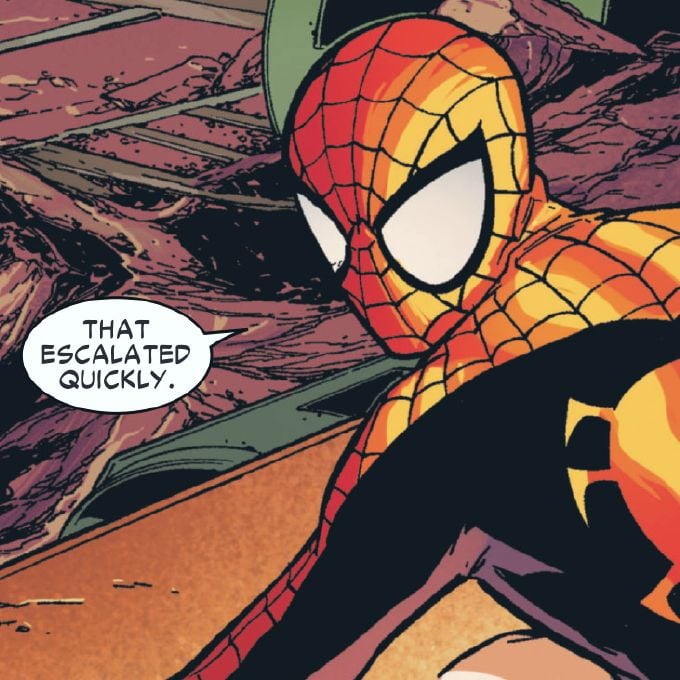It’s almost like most people will just use whatever is most convenient to get around, regardless of what exactly that is.
deleted by creator
I’d definitely use rail and cycling over driving even if it was less convenient. The problem is most of the time it is impossible or dangerous.
I’m taking the bus to work at the moment because it is more enjoyable that driving eventhough I have to walk 5 minutes each end and it takes longer.
So jealous… I think where I live, a doubling of the cycling population would be like “Oh hey look, there’s another guy!”
I hope to see some serious studies on a multitude of categories from average health of a Paris citizen and traffic collisions/deaths.
yes, like when you google:
“Oslo traffic deaths”pretty cool stuff.
I expected to at least see what number doubled in one year.
I also would like to see the numbers… This article links to another one that supposedly goes into more detail (I see graphs at least) but it’s in French so hard to say. I’d love some absolute numbers rather than percentages as percentages can give the wrong impression depending on what numbers we’re dealing with.
That graph shows the average cyclists per hour through 128 counting points. You can see it doubles for almost every hour every day of the week, the max peak going from ~130 to ~260 cyclists/hour.
Thanks for digging up/translating the info!
Thank you for providing legitimate discourse. Pretty rare in this kind of thread, but it’s important.
I’ve looked at the Le Monde article, my French is super basic but what you can see in the chart (the number that’s doubled) is the average number of cyclists through 128 counting points, with a peak on Tuesday evening with more than 250 cyclists/hour. And before someone tries to just multiply by 128 to get the total number, no, you can’t. There’s not enough information.
You can click through to the article in Le Monde, though it’s in French. I assume that article also links to a report somewhere.
I put my Duolingo to the test and attempted to read the Le Monde article. As far as I could tell it’s mostly just percentages too; the only absolute numbers I could find were these:
Sur l’avenue de Flandre, le boulevard Voltaire et le boulevard Magenta, la moyenne ne dépasse jamais 384 véhicules motorisés à l’heure sur la partie centrale de la chaussée, contre 537 vélos sur les pistes cyclables en septembre et en octobre.
Translation:
On Flanders Avenue, Voltaire Boulevard and Magenta Boulevard, the average never exceeds 384 motor vehicles per hour on the central part of the roadway, compared to 537 bicycles on the bike trail in September and October.
I think that’s discussing a particularly extreme example, but still, if bike traffic is actually exceeding car traffic anywhere that’s pretty damn good!
Good, but not really surprising. The Netherlands is the best case example of what good bike infrastructure means in its “consequences” (no negative connotations). That’s why I get terribly annoyed when I see people constantly argue against it, or wanting to do a couple hundred more feasibility studies and whatnot for every single street, or even just parts of it. It’s exhausting how humankind keeps working against its own self-interest.
I wish that cycling and public transport was funded as much as the roads and car industry. Fuckcars
It’s mad to look at train lines that as being too expensive short term, yet it’s a 150+ year investment, and has so many improvements, not least of which it increases the value of land around the station (something that isn’t captured in most countries assessments of rail income, though is in Japan)
Yes and I’m sure trains work out as the cheaper option when you look at the number of passengers they carry vs the upkeep vs building a new road every few years.
I lived in London during a period when commuting by bicycle was becoming more popular and you can really notice that as drivers get more accustomed to cyclists it becomes safer to cycle (even when the actual infrastructure for it is a bit of a joke, such as all the “Boris cycling lanes” beyond zone 2 in London which were nothing more than tiny signs every 500m on the side of otherwise unchanged roads with a white on blue drawing of a bicyle) which in turn pools in more normal people to cycle (rather than the more hard-core, dressed like they’re in the Tour de France, crowd).
Granted, it’s a lot more effective with a real push for it as seems to have been done here, my point is that in my experience there is a networking effect of having more cyclists pulling in more people to cycle, bot directly (they see others do it and consider doing it themselves) and indirectly such as by cycling becoming more safe the more drivers get used to sharing the road with cyclists.
Meanwhile cycling in any major US city is extremely unsafe and they ban cyclists from the sidewalks.
The irony being that US roads have obscenely ample room for bike infrastructure compared to European ones.
yes but my freedum
Induced demand, but in a positive way.
I thought it might have had to do with Covid ending but that was two years ago. Time do be going fast.





